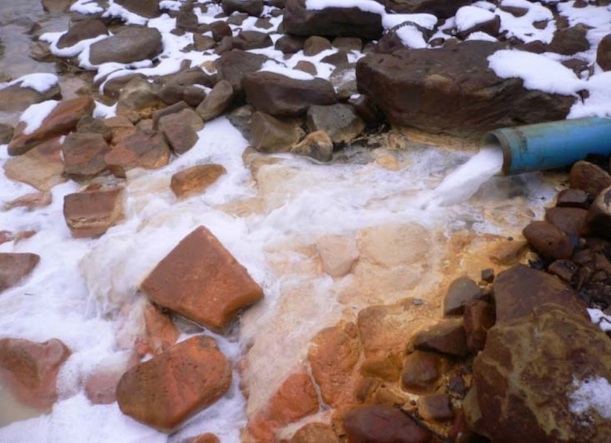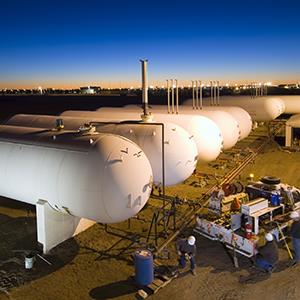Fracking's impact on severe weather
By Wes Gillingham, Commentary
Published 3:59 pm, Friday, October 11, 2013
Wes Gillingham is program director at Catskill Mountainkeeper.I am heartbroken over the pictures I've seen of the flooding destruction in Colorado. It particularly hits home because in 2006 flooding from an extreme, intense, isolated thunderstorm destroyed my vegetable farm in Youngsville, Sullivan County. In a few hours, torrents of water ruined three of my tractors, devastated my irrigation equipment and took away 60 percent of my topsoil. I couldn't recover, and it put me out of business.
In some ways I was lucky, especially compared to the people in Colorado. I didn't have to worry about toxic fracking chemicals that are linked to cancer, infertility, autism, diabetes, thyroid disorders and many more conditions poisoning my family, which is a real fear for people in Weld County, Colo.
I did not have a natural gas well pad or a wastewater containment facility on my land. I did not have condensation tanks or open pits that contained toxic fracking waste. That meant that the washout across my field had water in it and not toxic waste.
In New York, proponents of gas drilling say we can protect ourselves from this type of devastation by having better regulations. The tragedies in Colorado and the 2006 flood of my farm eviscerate this theory.
While the regulations in the Supplemental Generic Environmental Impact Statement, the conditions under which New York state proposed to regulate fracking, may be better than what they have in Colorado, history tells us they are unlikely to address a weather calamity like the Colorado flooding.
My farm was destroyed by what was considered a 500-year flood, but the SGEIS only seeks to prohibit wells in areas that are defined as 100-year flood plains. This flood plain definition has been rendered almost meaningless, as climate change has created a "new normal" where we are seeing the increased frequency of weather events that previously were defined as 100-year, 500-year and even 1,000-year occurrences. We experienced two 100-year floods and the 500-year flood in a five-year period.
Even if the proposed regulations were more stringent, our government does not have the ability or willingness to enforce regulations. A recent study showed the Department of Environmental Conservation has lost one third of its staff. And in case after case, the Federal Environmental Protection Agency has been walking away from dealing with fracking pollution.
Ironically, it is the carbon emissions from burning natural gas and other fossil fuels that is accelerating climate change, which in turn is increasing the intensity of storms.
Gov. Andrew Cuomo has maintained a moratorium as the Department of Health and DECstudies the science on fracking. If there was ever a sign that fracking is not right for New York and we need to move to clean energy, the Colorado disaster is it.
Read More: http://www.timesunion.com/opinion/article/Fracking-s-impact-on-severe-weather-4888577.php













